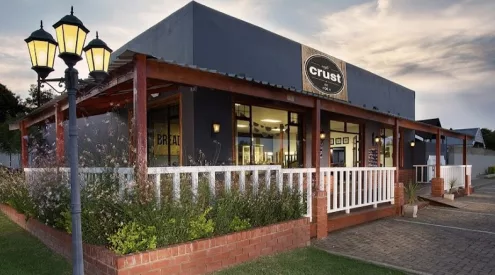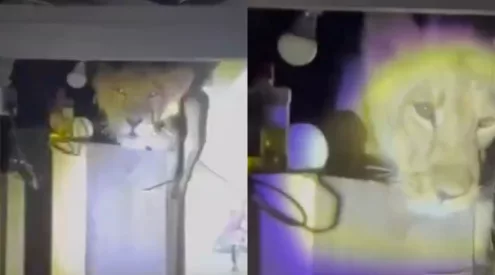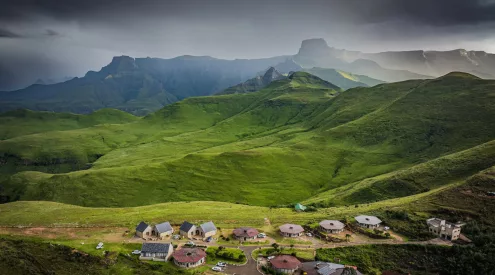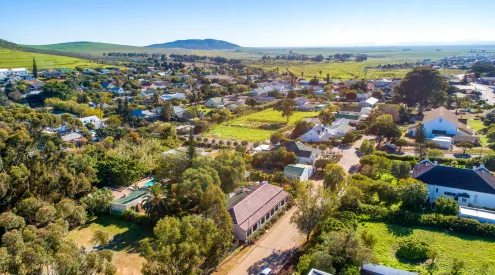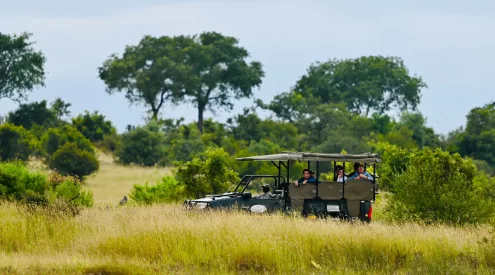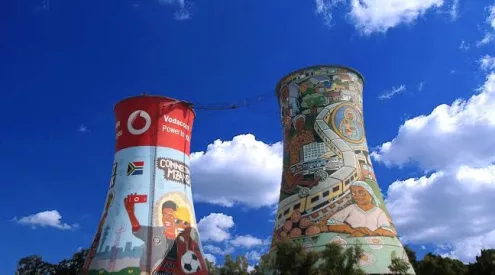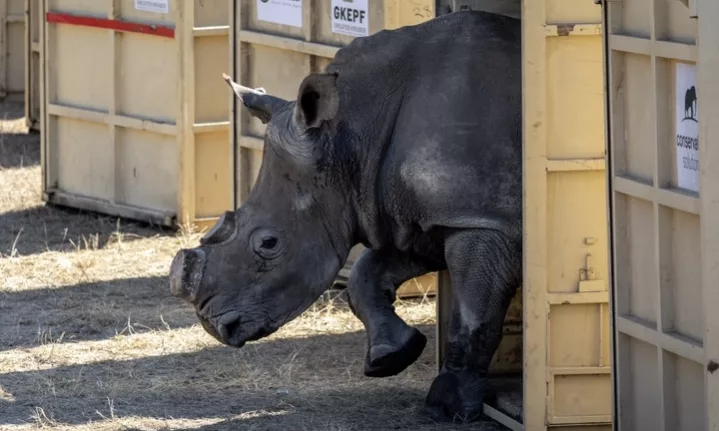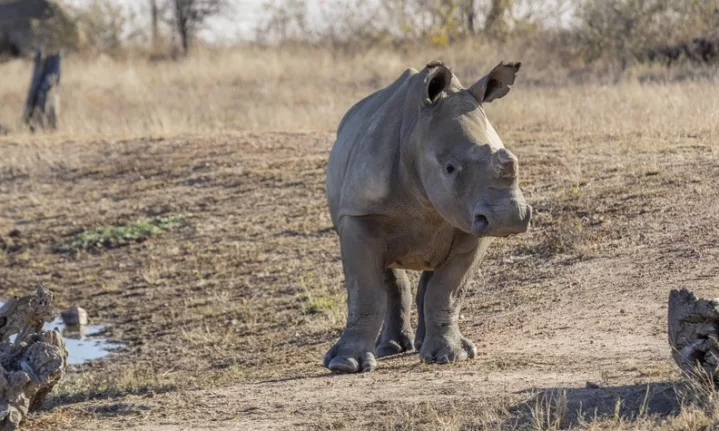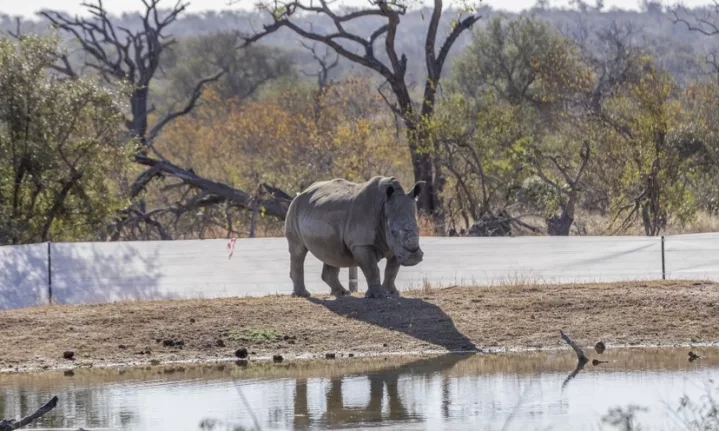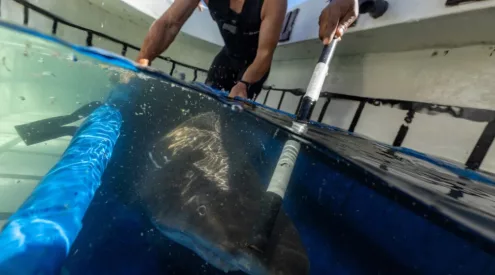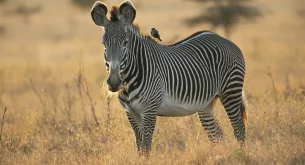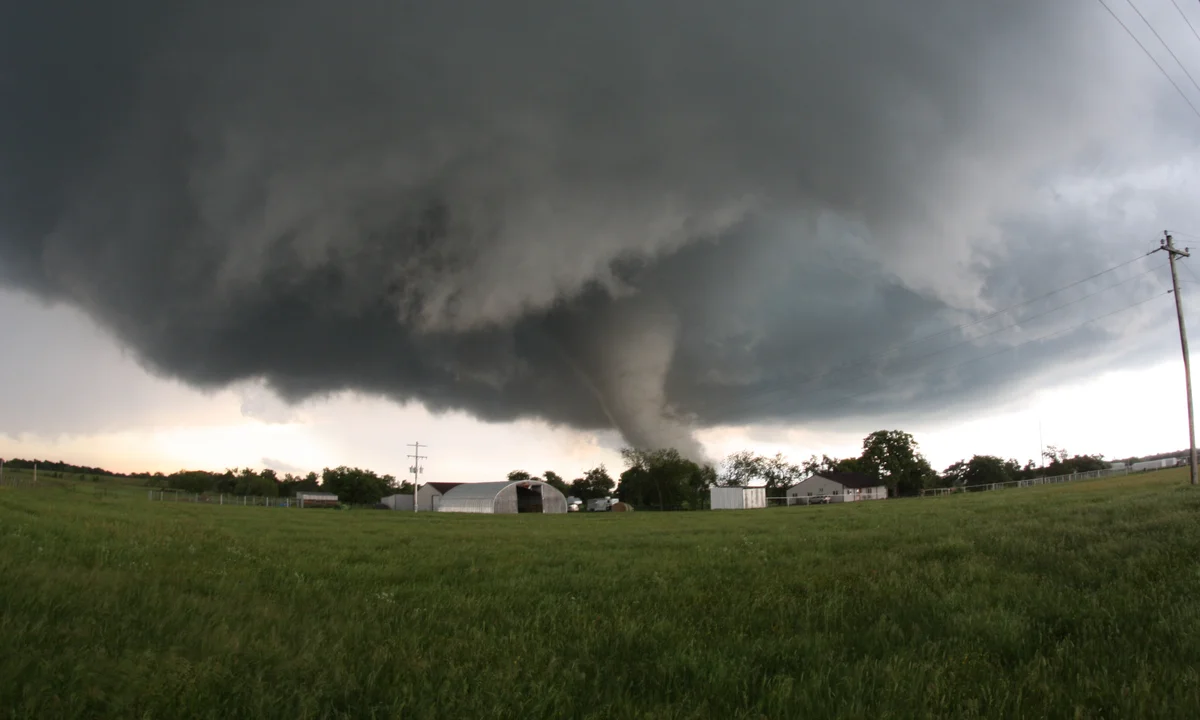First, 40 southern white rhinos were donated in May to the Munywana Conservancy in KwaZulu-Natal; then, 120 southern white rhinos were translocated in June to the Greater Kruger Environmental Protection Foundation (GKEPF) in Mpumalanga and Limpopo.
These are the first steps in the rewilding phase of African Parks’ Rhino Rewild initiative, a strategic, continent-wide conservation strategy. It’s a 10-year plan to rescue and rewild 2 000 southern white rhinos and renew the habitats they need.
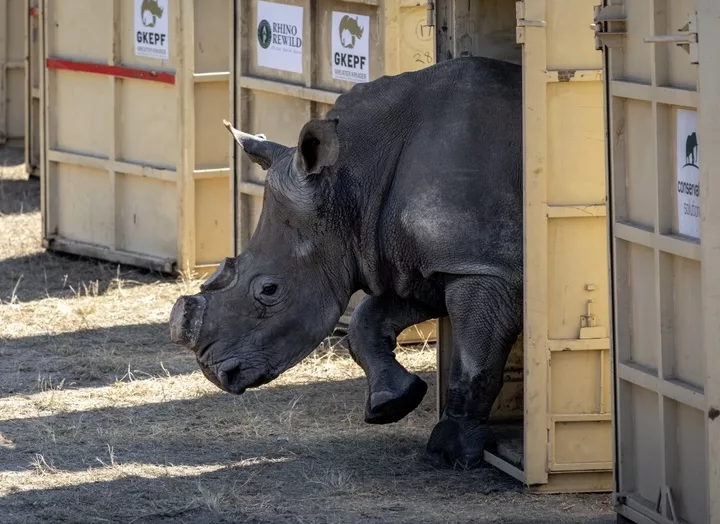
The rescue part came in September 2023, when African Parks bought the world’s largest rhino captive breeding operation in South Africa; the 2 000 pachyderms make up about 13% of the world’s population.
GKEPF is an alliance of nine private reserves, one provincial park and one national park formed to protect the western and eastern buffers of the Kruger National Park and the Greater Limpopo Transfrontier National Park. Their security and anti-poaching actions have cut poaching rates in GKEPF reserves significantly.
‘Moving 120 rhino under the Rhino Rewild initiative to GKEPF augments the existing rhino population in the Greater Kruger and ensures that these rhino are fulfilling their role in their natural environment, which has been our vision from the start,’ said Peter Fearnhead, the CEO of African Parks.
ALSO READ: WATCH: This curious baby rhino will melt your heart
The rhinos were not released into Kruger itself, but into private game reserves along its western boundary. But the project was done with consensus, collaboration and expert inputs from Kruger and South African National Parks counterparts. It strengthens the rhino metapopulation and opens the way to future collaboration in the fight against poaching.
The area is an ideal habitat for southern white rhino, with fertile and water-rich grasslands ensuring rhino health and population growth.
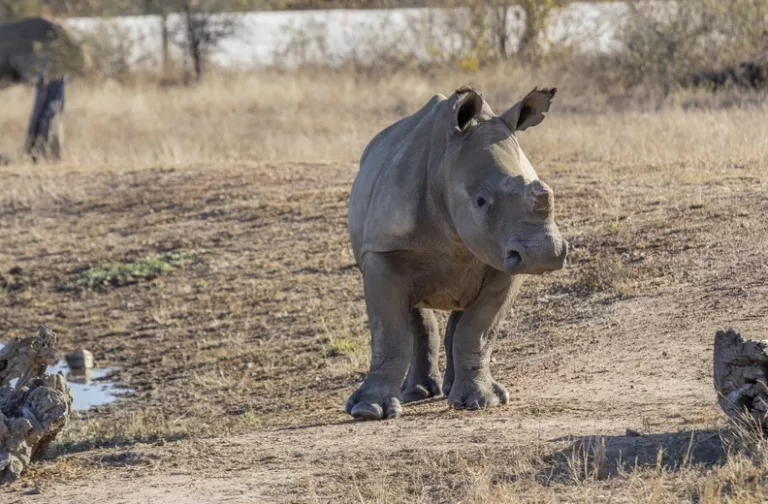
The animals’ safety was the priority. ‘The rhino came in dehorned, which is a very effective way to decrease the poaching risk in this landscape,’ said Markus Hofmeyr, a wildlife vet and the director of the Rhino Recovery Fund. ‘This is the first reintroduction of rhino into this landscape in about 50 years.’
The GKEPF area is home to the world’s largest wild rhino population.
In May, African Parks donated 40 southern white rhinos to the Munywana Conservancy in Zululand in support of the conservancy’s successful conservation and community efforts. The land was returned in 2007 to its ancestral owners, the Makhasa and Mnqobokazi communities, which wanted it to continue to be kept under conservation. Through this legacy, the Munywana Conservancy, now a 29 866ha reserve, is run by a collaboration of community and private landowners that includes the Makhasa Community Trust, the Mnqobokazi Community Trust, &Beyond Phinda and ZUKA Private Game Reserves.
‘We see this (donation) as recognition of the important role that community-owned land plays in conservation,’ said Thokozani Mlambo, the chairperson of the Makhasa Trust.
The rhinos’ body condition and parasite adaptation will be closely monitored as they adjust to their new environment.
White rhino are mega-herbivores that are important in shaping savannahs, which store about 30% of the world’s terrestrial carbon. Where rhino are present, there is an increase in both flora and fauna; and thriving wild rhino populations are indicators of ecosystem renewal.
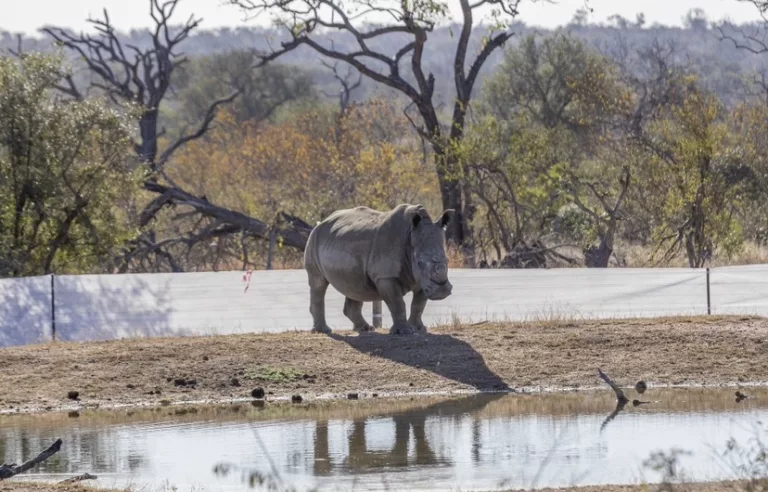
Rhino Rewild
rhinorewild.org
African Parks
africanparks.org
Instagram: africanparksnetwork
Facebook: AfricanParks
(This article was written by Lorraine Kearney for Getaway’s August 2024 print edition. Find us on shelves for more!)
Follow us on social media for more travel news, inspiration, and guides. You can also tag us to be featured.
TikTok | Instagram | Facebook | Twitter
ALSO READ: SA records a decrease in rhino poaching numbers


